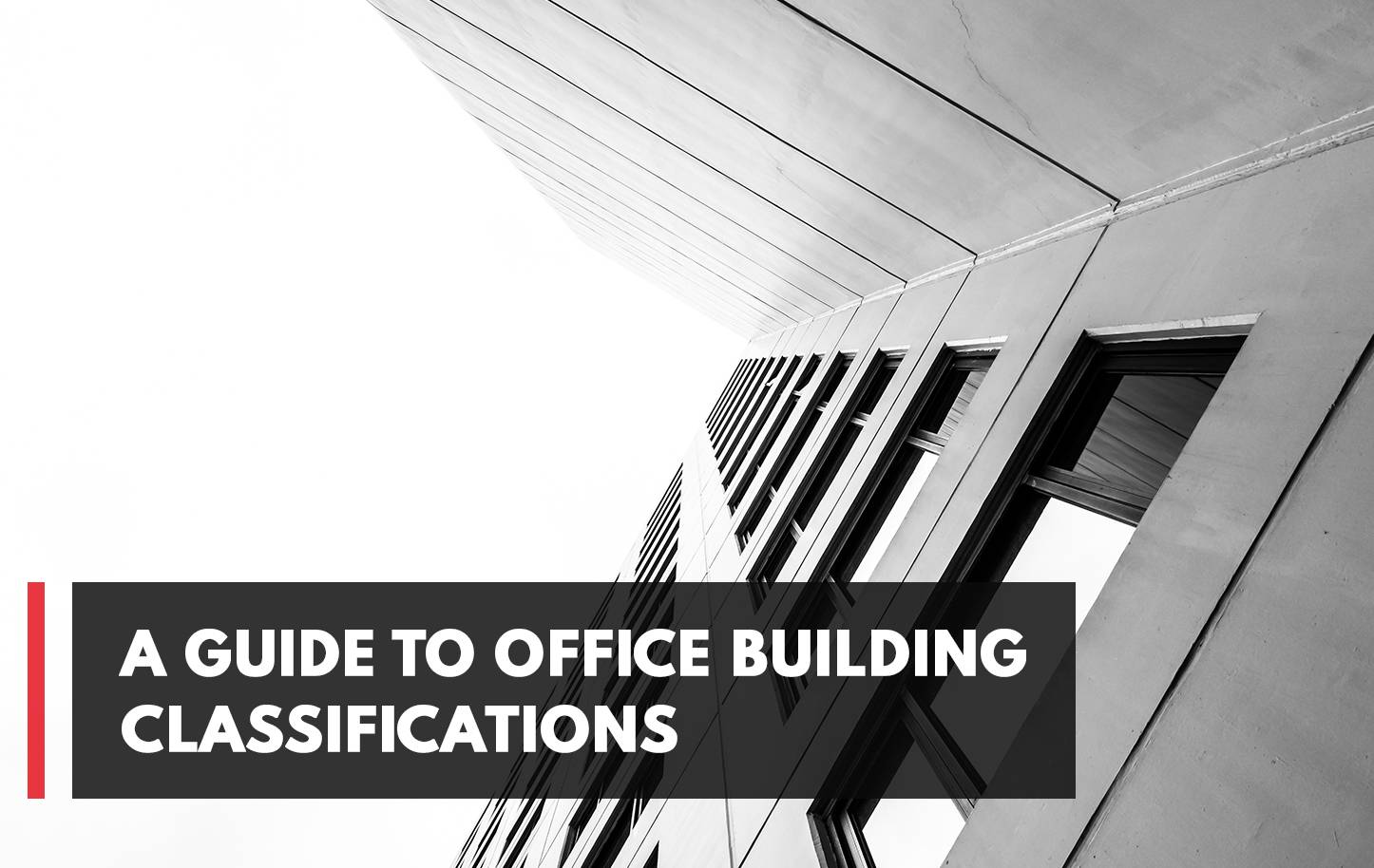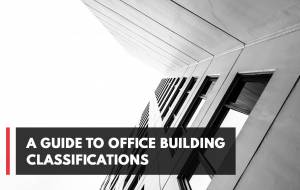
A guide to office building classifications
Published At: Sun, 07/04/2021 - 12:27
The office is one of the main components of a business. It is not only a place where employees carry out their work duties but also a space that reflects the essence of your business. Therefore, it’s important to have a presentable office space as it plays a crucial role in the eyes of clients, business partners, and even competitors. Your office not only contributes to the company's image but it also demonstrates the sophistication of your business. This article will provide you with information on how office spaces are ranked by class and what you should consider when choosing a particular office type.
To simplify the assessment of office space, a general classification has been developed that takes into account almost all characteristics of real estate. The Building Owners and Managers Association (BOMA) differentiates offices in several ways. One way is by a classification of A, B, or C based on the physical and locational aspects of the building and also depends on the market. Let’s go deeper and see what the general characteristics of each one are:
Class A
The most prestigious and expensive office types are Class A offices. These are elite, expensive real estate properties that have the best location, good transport accessibility, and are equipped with the latest technology. Class A properties typically accommodate users who need a high quality finish to attract a specific type of employee or customer. Occupants in a Class A building are likely to be from the fields of law, accounting, energy, financial advisory services, high-tech, and regional or national headquarters to name a few. Class A properties will typically have finishes that might include granite, marble, wood, polished brass and or other ornate materials. They also generally have an impressive entry like a grand lobby and common areas. The exterior architecture of a Class A building tends to make a statement or have an identity of its own with unique design characteristics. These buildings are normally located close to amenities and within a prestigious area. Rental rates for Class A properties are typically the highest and are located in business centers and or high-rises.
Class A offices usually meet the following criteria:
- the location is primarily in the central district
- convenient access and transport location
- new construction or a completely renovated building
- professional management of a building that meets international standards
- modern, high-quality windows, a significant amount of natural light, and a beautiful view from the windows.
- air conditioning and ventilation system
- guarded parking. Most often, such office buildings have both surface and underground guarded parking
- round-the-clock security, modern security systems, and access control to the building
- modern high-speed elevators from leading world manufacturers
- often have on site cafeteria for employees, fitness centers, recreation rooms, sunry shops and or personal care facilities like salons
Class B
Then come offices of Class B buildings. They are located in buildings that have a convenient location, some high-quality technical equipment, and a decent appearance. These tend to be more functional in nature in that you’ll typically find the cube shape or rectangular shaped building that enjoys the highest amount of efficiency. The interior finish of Class B buildings can also be very nice and aesthetically pleasing but tend to have more cost effective finishes. Some regions of the U.S. consider age when judging a building as a Class B property. For example, if a building has high quality finishes but is dated due to design, amenities, or economic obsolescence, then it may fall into the Class B classification. In some cases, Class B office buildings are former Class A buildings after several years of occupation. You’ll find a broader variety of office users in these buildings including some of those mentioned in Class A buildings, though generally from smaller enterprises and more local in nature. In addition, users of large quantities of space are often found in Class B buildings due to the rent rates for Class B offices being lower than those of Class A.
Among the established characteristics of Class B offices are:
- convenient and good location
- accessibility to the main highways, metro, and other transport types
- the exterior of the building looks presentable, but unlike Class A, it does not have sophisticated architecture
- modern standard office decor and furniture
- ventilation, air conditioning systems, and modern fire alarm systems present
- fiber-optic communications, services of well-known telecommunication providers
- cafeteria or lounge for employees
- modern elevators
- round-the-clock security
Class C
The lowest classification of office buildings is the Class C offices. These are old buildings located in less attractive areas and need significant renovations. They are generally affected by physical, functional, and economic obsolescence. Class C properties are usually more than 20 years old and do not meet modern technical requirements. These tend to be in lesser desirable areas, have older facades and limited amenities as compared to the Class A and Class B buildings. What’s more, Class C buildings normally do not have the technological advances or design as newer properties, thus, lower rental rates are expected. This Class of building will accommodate the needs of startup companies, or those businesses that need to keep their cost of occupancy low and are willing to sacrifice some of the benefits of newer Class B or Class A space.
The main characteristics of Class C offices are:
- as a rule, they are located in more remote areas of a city
- the distance from the transport points is longer
- the facade of the building is older and most often requires cosmetic repairs
- there is limited or no air conditioning or ventilation systems
- parking is often not available on site
- there can be round-the-clock security
It should be noted that the differences between offices of Class A, B, and C categories can be blurred and a thorough exploration of a building’s property information is highly suggested. You can find the best options for each office category on the My Perfect Workplace website.


